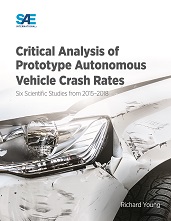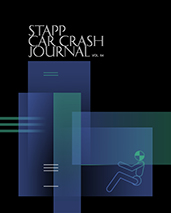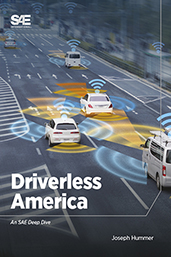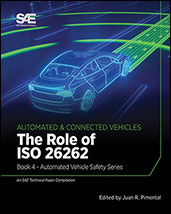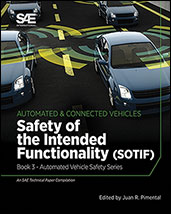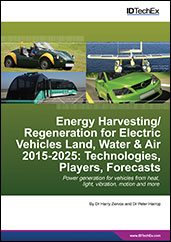Book

The New Future of Public Transportation
2024-04-11
Discover the highly anticipated Second Edition to the Amazon #1 Best Seller, The Future of Public Transportation. Delve into 30 expertly crafted chapters brimming with insights from leading public transportation figures. From hydrogen-fueled buses to AI-driven advancements and cybersecurity, this book offers an unparalleled glimpse into the future of transit. Navigate the complexities of transit planning in a post-COVID world, where innovative solutions are essential to tackle infrastructure challenges and workforce shortages. Learn how AI is revolutionizing transit planning, enhancing outcomes for riders. Explore cutting-edge transit technology, including autonomous vehicles and zero-emission initiatives, with a focus on sustainability and customer experience. Whether you're a seasoned professional or new to the field, this book is your roadmap to success, empowering you to drive positive change in your organization.




